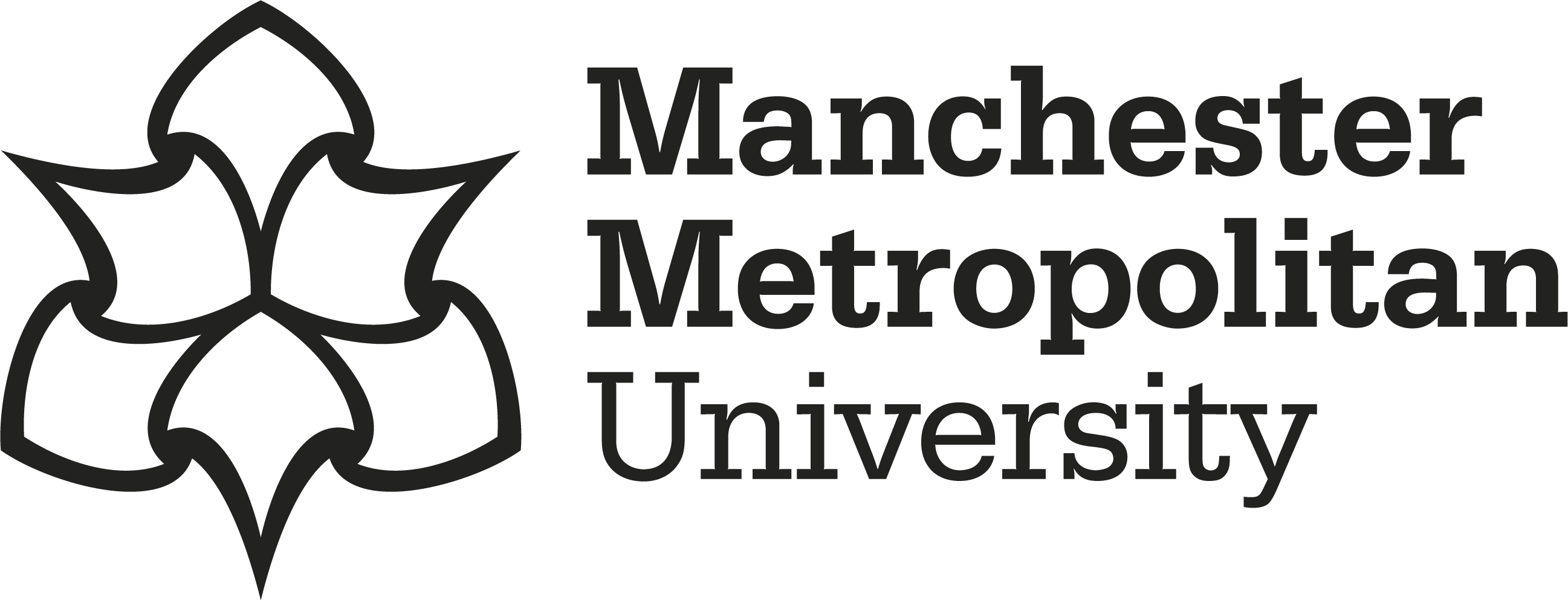Singh, Shailendra Pratap, Kumar, Naween 



|
Accepted Version
Available under License Creative Commons Attribution. Download (518kB) | Preview |
Abstract
The advent of 6G-enabled networks marks a transformative era in the Internet of Things (IoT), promising unparalleled connectivity and innovation. These networks are set to revolutionize the IoT landscape by offering remarkable capabilities, including ultra-high data speeds, ultra-low latency, and extensive network coverage and connectivity. However, optimizing such networks’ is a complex challenge, mainly when dealing with numerous conflicting objectives. So far, existing works have employed heuristic or meta-heuristic algorithms to address this issue. This research introduces a novel approach’, Hybrid Multi-Objective Optimization’, which combines Multi-Objective forms of Red fox (RFOX) optimization with Differential Evolution (DE) to address this issue. This hybrid framework is designed to solve the complexity of Multi-Objective optimization within the context of 6G-enabled IoT networks. It leverages the flexibility and search capabilities of RFOX, along with the population-based search techniques of DE. The primary objective of this research paper is to identify the Pareto-optimal front, which encapsulates the complex trade-offs among various conflict objectives in Multi-Objective optimization. Extensive simulation outcomes demonstrate the significant efficacy of the proposed Algorithm for its adaptability, diversity, and multi-objective optimization capabilities compared to existing ones in terms of data throughput, delay, energy efficiency, and packet loss ratio in 6G-enabled IoT applications.
Impact and Reach
Statistics
Additional statistics for this dataset are available via IRStats2.


